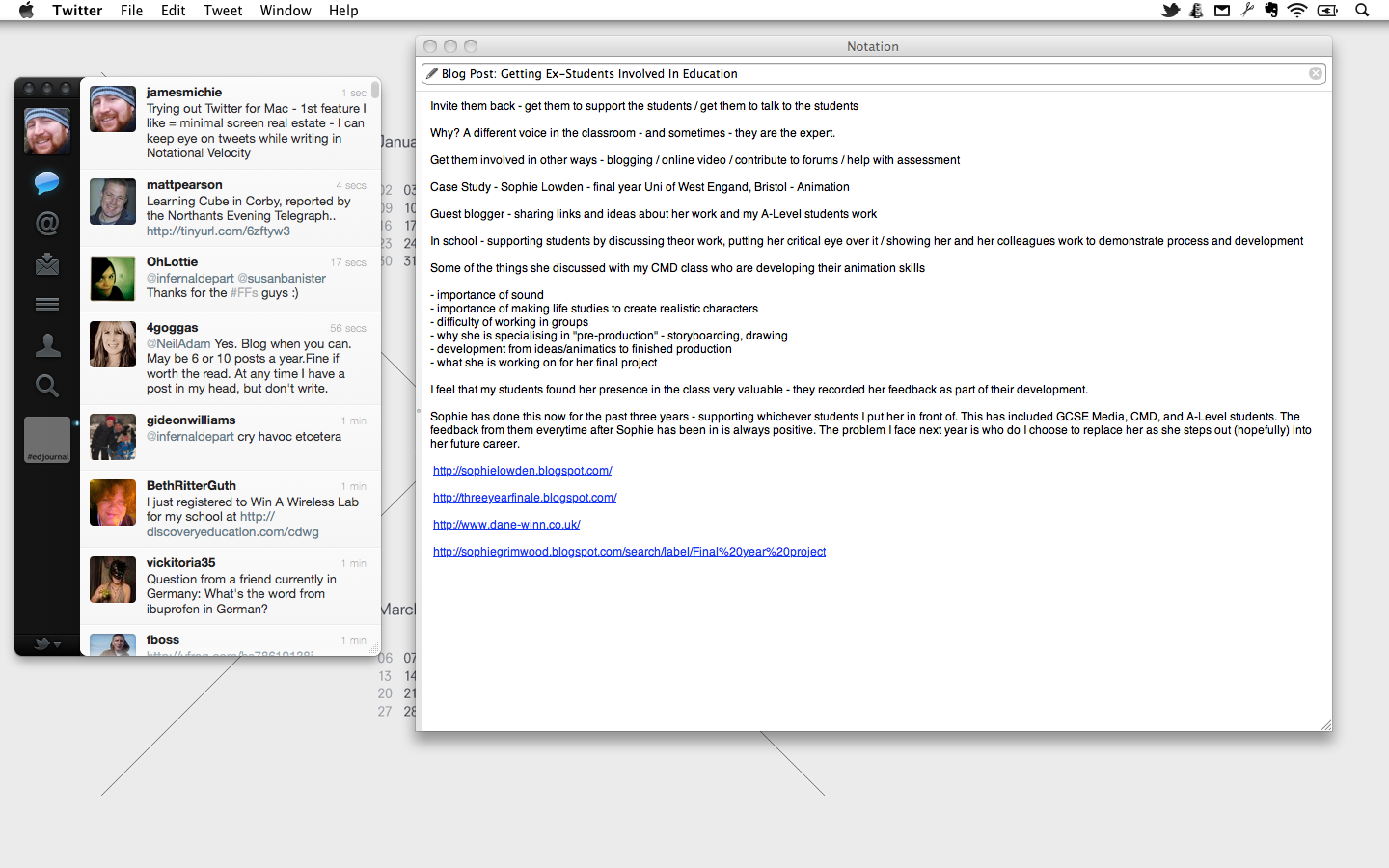Where is your ‘thinking space’? The place where you order your thoughts; think things through; where the creative juices flow?
If you don’t have such a space, I recommend that you find one. Whatever it is that you do, it’s important to take the time to pause and reflect. This process can result in improved focus, increased productivity and greater creativity. Finding the space in which you do this best is therefore worth doing.
As well as becoming an early riser I have also learned to be more mindful. My interpretation of what this means is skewed, influenced by the interpretation of others, including: Patrick Rhone and Merlin Mann. However, what I have taken on board so far has really helped me to be a more focussed and creative person.
Being mindful (for me) is about removing distractions, whatever they may be, and taking the time to be at one with your thoughts; allowing ideas to percolate.
What has this got do with finding your ‘thinking space’? As I began to understand what it meant to be mindful, I began to realise that there were certain times and places in which I was able to better focus on the myriad of thoughts swirling around my mind. The first time and place where I realised this was in the shower. Free of distractions, completing a relatively mindless activity, I can sift through my tasks for the day; think through a lesson I’m going to deliver; even write (in my head) an entire blog post. The latter, resulting in a rather rushed drying of one’s body in order to get to my laptop and write it down.
Having found one space to be at one with my thoughts, I then started to actively look for others. As such I don’t have one ‘thinking space’ but rather a number of times and places where I choose to be mindful. These include:
- Making a cup of tea: As demonstrated by Dave Caolo, the time it takes to brew and enjoy a good cup of tea is perfect for sitting and reflecting.
- Doing the dishes: An activity I previously did not enjoy, I now actually value the thinking time that it offers.
- Waiting in line: Rather than playing with my mobile phone I now observe my surroundings, taking in the place, the people…
- Taking a walk: As many will attest to, taking a walk remains one of the best ways to clear your mind, clarifying things.
As with becoming an early riser, it took time for me to develop habits. Resisting the urge to check Twitter, Email, Google Reader while standing in lines or during a train journey was particularly hard. However, it has certainly been worth it, improving my focus, productivity and creativity.
Do you already have a ‘thinking space’? If so, please share it by commenting below.
